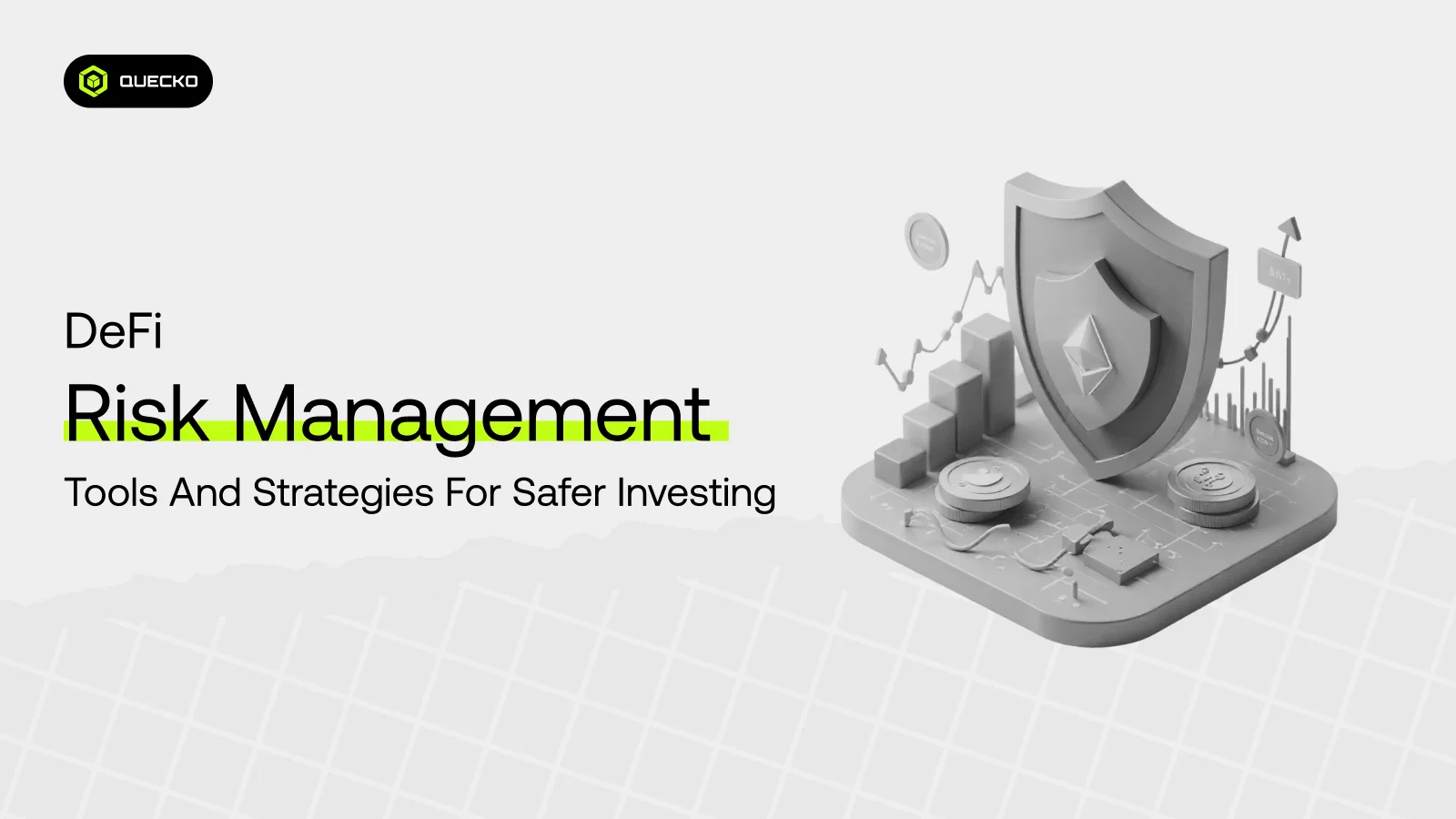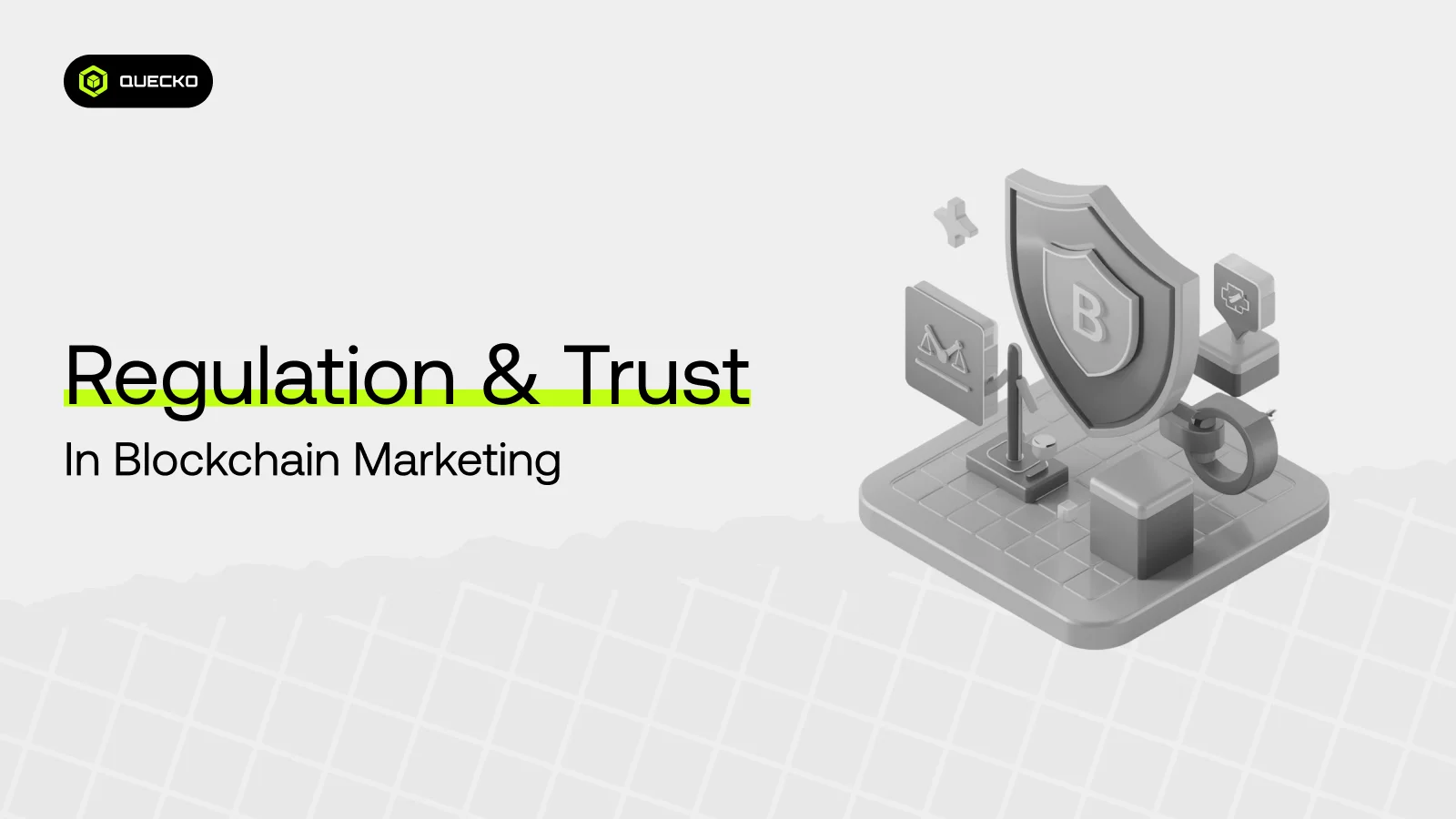DeFi Risk Management: Tools and Strategies for Safer Investing
Explore smart strategies, tools, and insights for safer DeFi investing using blockchain technology, smart contracts, and portfolio risk management.

Let me be real with you, jumping into DeFi (Decentralized Finance) is amazing, but it’s also risky. It’s like exploring a jungle with treasure maps drawn by strangers. Sure, the rewards can be huge, but the traps? Equally real. I’ve been navigating this space for a while, and if there’s one thing I’ve learned, it’s this: risk management isn’t optional, it’s survival.
DeFi runs on blockchain technology, which is great for transparency, but it also means there’s no safety net. You’re dealing with smart contracts, not customer service. That’s why I always assess my risk tolerance before jumping into any protocol. I look at market risk, volatility, and the project’s security history.
I use tools like DeFi Safety to check audit scores, Zapper to track my portfolio, and Immunefi to see if a protocol offers bug bounties. Don’t I test with small amounts, read audits, and watch community activity? If something feels off, I walk away.
DeFi is reshaping financial services, but it’s not a playground. With the right tools and mindset, you can explore confidently. Don’t? Forget your armor. Risk is part of the game, but managing it? That’s how you win.
First Things First: What Are We Up Against?
Before we talk solutions, let’s talk problems. Decentralized finance isn’t like traditional banking; there’s no bank manager to call when things go sideways. Everything runs on smart contracts, and while that’s cool, it also means one tiny bug can drain millions. I’ve seen it happen more than once.
Here’s what I personally watch out for:
- Smart contract bugs: These automated agreements on blockchain technology can be powerful, but if they’re not audited properly, they’re ticking time bombs. I always check if a smart contract has been reviewed before I dive in.
- Rug pulls: Devs vanish, liquidity disappears, and you’re left holding tokens worth less than a cup of chai. That’s why I assess liquidity risks before joining any yielding farm.
- Impermanent loss: Providing liquidity in a yielding farm sounds great until token prices shift and you lose value. It’s a sneaky risk.
- Protocol hacks: Even big platforms built on solid blockchain technology get exploited. No system is bulletproof.
- Volatility & market risks: Crypto prices swing wildly. I always factor in market risks and my own risk tolerance before investing.
- Artificial intelligence tools help me analyze trends and flag suspicious activity in yielding farms.
- And yeah, I never forget that every yielding farm has its own quirks. I test small, stay alert, and never chase insane APYs blindly.
In short, DeFi is exciting, but without smart risk management, it can be brutal.
My Go-To Tools for DeFi Risk Management
I don’t go into any decentralized finance project blind, especially in today’s fast-moving digital economy. With so many DeFi cryptocurrencies and platforms popping up, I rely on a few trusted tools to protect my financial assets and manage my risk tolerance.
1. DeFi Safety
This site is my first stop. It gives protocols a safety score based on audits, transparency, and how well their smart contracts are built. In decentralized finance, trust isn’t handed out; it’s earned. I always check a project’s score before diving into any liquidity pool, especially if it’s tied to something like Curve Finance, Yearn Finance, or the DeFi BZR Protocol.
I treat this like serious asset allocation. I don’t just throw money around; I spread it across decentralized exchanges and protocols that actually show signs of stability. And yeah, I’ve started using machine learning tools to help me spot patterns, flag risks, and even calculate beta coefficients to see how my DeFi picks stack up against the international stock market.
The financial sector is shifting fast, and DeFi is right in the middle of it. Whether I’m comparing liquidity pools or checking how a token behaves under pressure, I want data, not hype. That’s why I look at beta coefficients, track performance across decentralized exchanges, and use machine learning to guide my decisions. It’s all part of building smarter strategies in a digital economy that doesn’t sit still.
2. Chainalysis & Elliptic
These are heavy-duty blockchain technology analytics platforms. They help me track suspicious wallet activity and flag risky behavior. When I’m moving large DeFi cryptocurrencies or exploring new yield farming platforms, these tools are clutch, especially when smart contract exploits or rug pulls are a concern.
3. Rekt.news
Think of it as the crime blotter of decentralized finance. If a DeFi platform gets hacked or a liquidity pool gets drained, Rekt.news breaks it down in detail. I read it religiously to learn from others’ mistakes, especially when smart contract exploits go rogue or initial coin offerings turn sour. In a space driven by blockchain technology, where every transaction is permanent, staying informed is key to managing investment risks.
I use insights from Rekt.news to guide my portfolio selection, whether I’m exploring yield farming strategies or locking assets into a new DeFi platform. It helps me assess liquidity risk, understand tail dependence between assets, and avoid overexposure to volatile pools. With blockchain technology powering everything, even small missteps can lead to big losses.
The site also covers issues around non-fungible tokens, which are becoming a bigger part of the digital economy. I factor those into my portfolio selection too, especially when evaluating long-term investment risks. Whether I’m comparing yield farming returns or analyzing blockchain technology trends, I treat every move like it matters. Because in DeFi, it does, and Rekt.news helps me stay one step ahead.
4. Immunefi
This bug bounty platform connects white-hat hackers with DeFi projects. If a protocol is listed here, it means they care about security. That’s a green flag for me, especially when I’m locking financial assets into a liquidity pool or testing a new yield farming strategy. It’s also helpful when evaluating initial coin offerings with uncertainty with respect to their long-term viability.
5. Zapper & DeBank
These dashboards are lifesavers. They let me track my portfolio across multiple chains, monitor liquidity pools, and see how my yield farming positions are performing. I can assess my exposure, earnings, and adjust based on my risk tolerance. Whether I’m exploring Celo/French ETF integrations or managing assets on a decentralized exchange, these tools help me stay grounded in a volatile digital economy.
In a space where rug pulls, uncertainty with respect to regulations, and evolving platforms like Curve Finance and DeFi BZR Protocol are part of the landscape, these tools help me stay informed, protected, and confident.
Personal Strategies for Staying Safe in DeFi
Tools are great, but mindset matters even more, especially when you’re navigating the unpredictable world of decentralized finance powered by blockchain technology. Over time, I’ve developed a few personal rules that help me stay grounded, protect my financial assets, and avoid sleepless nights.
1. Never Go All In
No matter how hyped a project is, I never dump all my financial assets into one place. Diversification is my safety net. I treat asset allocation like I would in traditional mutual funds, spread the risk, and protect the gains. This helps me manage liquidity risks and stay balanced across multiple DeFi platforms built on blockchain technology. Even if a protocol looks solid, I assume there’s always a chance something could go wrong, especially in systems running on complex blockchain technology.
2. Test With Small Amounts First
Before committing serious capital, I test the waters. I try out the protocol with a small amount, check how the UI works, how withdrawals feel, and whether the smart contracts behave as expected. Since blockchain technology is immutable, meaning once a transaction is made, it’s permanent- I don’t take chances. I’ve seen people lose funds just because they didn’t double-check a wallet address or contract interaction.
3. Read the Audits
If a project hasn’t been audited, I’m out. Even if it has, I skim through the audit report to see what issues were found and whether they were fixed. In decentralized finance, trust comes from transparency. Audits help reveal vulnerabilities in smart contracts, especially those built on blockchain technology. I’ve learned that even well-known platforms can have flaws, and understanding those risks is key to protecting my financial assets.
4. Use Hardware Wallets
For anything long-term, I keep my crypto in a Ledger or Trezor. Hot wallets are convenient, but they’re also more exposed to hacks. I treat my crypto like I would any asset in the financial sector; secure storage is non-negotiable. With blockchain technology, once someone gets access to your wallet, it’s game over. That’s why I always double down on security, especially when dealing with large amounts or interacting with newer DeFi platforms.
In short, blockchain technology is powerful, but it doesn’t forgive mistakes. Whether I’m testing a new protocol, reviewing audits, or managing my asset allocation, I always keep risk in mind. These strategies help me stay safe, stay smart, and stay in the game.
Bonus Tips That Have Saved Me
Staying updated is non-negotiable. I follow DeFi influencers, newsletters, and even some decentralized exchange feeds. One tweet can literally save me from a bad decision, especially when flash loan attacks or protocol exploits hit the news. I’ve seen digital currencies tank overnight because of poor security or shady devs.
I don’t chase insane APYs anymore. If it looks too good to be true, it probably is. I learned that the hard way with a sketchy clone of Yearn Finance; the yields were wild, but the business risks were even wilder. Now, I focus on risk diversification and only allocate a portion of my portfolio to high-yield plays.
When I’m working with others, I always use multi-sig wallets. It’s just safer. One person can’t move funds without approval, which protects us from internal mistakes and external threats, especially in politically unstable regions where political risks and currency risk are real concerns.
I’ve also started using artificial intelligence tools to analyze trends and flag unusual activity. They help me spot inflation risks, track green finance initiatives, and make smarter decisions across my digital currencies portfolio.
In DeFi, safety isn’t just a strategy; it’s a lifestyle.
Final Thoughts
DeFi is wild, unpredictable, and full of opportunity, but only if you play smart. I’ve made mistakes (who hasn’t?), but learning to manage risk with the help of blockchain analytics, smart algorithms, and solid research has helped me grow my portfolio without losing sleep.
I use artificial intelligence tools to monitor trends, flag unusual activity, and optimize my cash equivalents when I’m not actively investing. These tools help me make smarter decisions across digital currencies and decentralized finance platforms. Whether I’m exploring smart logistics for cross-chain swaps or tracking developments in the carbon credit market, I stay informed and cautious.
Risk management in decentralized finance isn’t just about avoiding losses; it’s about protecting gains. I always factor in inflation risks, political risks, and currency risk when allocating assets. Flash loan attacks and protocol exploits are real threats, so I stay updated through trusted sources and never chase unrealistic yields.
The goal isn’t just to make gains, it’s to keep them. Whether you’re new to DeFi or a seasoned investor, take it slow, ask questions, and use the right tools. With smart strategies and a clear understanding of business risks and risk diversification, you can navigate DeFi confidently and safely.
Date
2 days agoShare on
Related Blogs

Why Regulation Could Be Blockchain Marketing’s Secret Weapon
4 hours ago

DeFi Risk Management: Tools and Strategies for Safer Investing
2 days ago

The Rise of Layer-2 Gaming Economies: Faster, Cheaper
6 days ago

Decentralized Exchanges: The Future of Trading or a Passing Trend?
9 days ago








